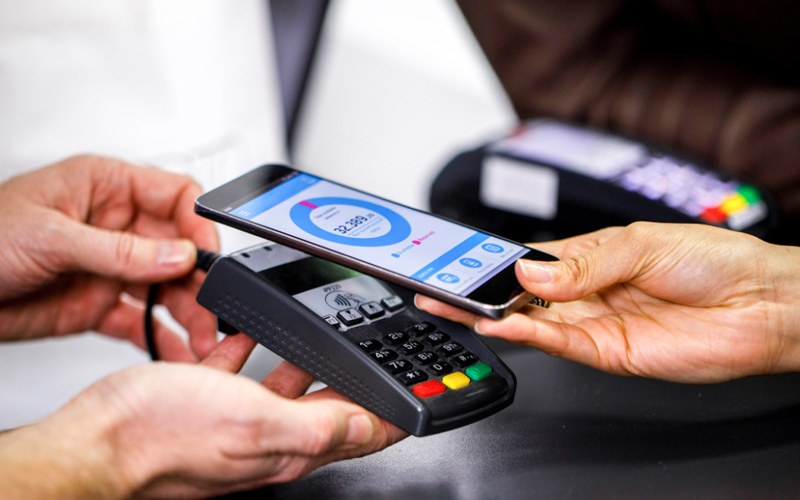“We don’t win until our customers say we win” - Mary Barra, General Motors CEO
For e-commerce retailers, every lost checkout opportunity means missed revenue and wasted marketing investment. A massive number of all online shopping carts are abandoned before completion, creating an equally massive recovery opportunity for retailers. This staggering figure is a wake-up call for e-commerce businesses to analyse their checkout processes and implement proven cart optimisation strategies.
Cart abandonment stems from some very identifiable friction points that savvy retailers can address. First, nearly half of all customers abandon their orders during checkout due to the high extra costs that are levied during checkout. These could include unexpected shipping fees, taxes, or additional charges at the final step. The frustration of the ‘true costs’ drives shoppers away from completing their purchase.
Researchers state that checkout optimisation strategies at this point can increase conversions by over a third, demonstrating that businesses willing to invest in improving their checkout experience can see substantial returns. Let’s examine how.
complexity kills conversions
The mantra for online retailers as they design their fulfilment strategies is “Complexity kills conversions”. It’s important to remember that every additional step, form field, or required action increases the likelihood of abandonment. The most effective approach includes creating a streamlined, intuitive checkout flow that guides customers naturally towards completion.
Another key stratagem is allowing guest checkouts. Jaded online shoppers may be chary of going through yet another account creation and verification process, especially for impulse purchases such as cosmetics or apparel. Providing guest checkout options may be vital to boosting conversion numbers. It’s proven that over a quarter of users (~26%) abandon carts when forced to create accounts, making optional registration a conversion-critical feature.
Allowing customers to complete purchases with minimal information, then offering account creation post-purchase for future convenience, is the optimal strategy.
mobile-first for the win
Mobile commerce dominates the e-commerce landscape today. This makes mobile optimisation non-negotiable. However, mobile users face some particular challenges that can derail the entire checkout process.
Consider page speed, a very important criterion for success on mobile devices. Per the latest available figures, more than half of all mobile visits are abandoned if pages take longer than 3 seconds to load. This statistic underscores why mobile optimisation must prioritise performance alongside usability.
Effective mobile optimisation requires several key elements, some of which are subtle user experience (UX) nuances.
- Thumb-friendly buttons should be large enough for comfortable interaction, whilst dynamic keyboards that automatically switch, depending on the context, between numeric and alphabetic inputs, reduce user effort.
- Progress indicators positioned at the top of mobile screens help users understand their checkout journey without overwhelming small screens.
- Single-page checkouts work particularly well for mobile users, reducing scrolling and loading times on the smaller form factor.
- Forms should request only essential information, whilst smart autofill options accelerate completion.
trust signals to send out
Trust is a huge factor that impacts conversion rates by addressing security concerns that cause customer hesitation. Online shoppers naturally feel vulnerable when entering sensitive payment information, making trust signals essential for checkout success.
Effective trust signals may include SSL certificates ensuring HTTPS connections, recognised payment processor logos (Visa, Mastercard, PayPal) in the user’s geography, and security badges from established providers. Position these strategically at key decision points, particularly near payment information entry fields.
However, avoid overwhelming customers with excessive badges. Follow the rule of three: limit trust signals in any checkout area to no more than three, ensuring each sends one discrete message—perhaps one for payment security, one for returns policy, and one for identity protection.
Today, customers expect choice in how they pay. Offering multiple payment options removes barriers that might otherwise cause abandonment.
For example, popular express checkout options like Apple Pay, Google Pay, and PayPal One-Touch significantly improve conversion rates by storing customer information for future use. These solutions eliminate form-filling entirely, allowing customers to complete transactions with just a few taps.
payment considerations to the fore
Buy Now, Pay Later (BNPL) options deserve due consideration at design time, particularly for higher-value items. These flexible payment solutions may appeal especially to younger users and can reduce purchase hesitation for expensive products.
Digital wallets continue gaining popularity, offering both convenience and perceived security. By supporting the payment methods customers prefer, retailers can remove friction points that might drive them to competitors.
Transparency prevents the surprise departures that plague many checkout processes. Display all costs – including shipping, taxes, and fees – upfront, rather than revealing them at checkout. This approach helps the business build trust and allows customers to make informed decisions before investing time in the checkout process.
Free shipping thresholds create additional opportunities for increasing average order values. Communicate these thresholds clearly and consider using progress bars to show customers how close they are to qualifying for free delivery.
As regards the additional costs that are unavoidable or inevitable, present them as early as possible in the customer journey. Product pages are the right place for shipping calculators or delivery time estimates, allowing customers to factor these into their purchase decisions.
recover the lost flock
Even optimised checkouts will experience some abandonment. Strategic recovery campaigns can reclaim a portion of these lost sales through targeted email sequences, retargeting advertisements, and personalised offers.
Cart abandonment emails form the foundation of recovery efforts. Send these within a few hours (preferably, within an hour) of abandonment whilst the customer's interest remains fresh. Include specific product images, remind customers why they were interested, and provide incentives like discount codes or free shipping to encourage completion. In countries such as India, where WhatsApp is a popular mode of communication, retailers have found success with sending cart abandonment messages using the platform.
Personalised recovery emails outperform generic ones. Talk about the specific products abandoned, and highlight any benefits of the product that the customer was probably considering. Tailor any conversion offers based on the cart value or the customer’s history with the platform or product.
the strategic importance of UX
Monitoring key metrics, including abandonment rates by traffic source, conversion rates by device type, and average time spent in checkout, can help in designing the right optimisation strategy.
Here are some general UX methodologies to consider when building a strategy:
- A/B testing can be essential for optimisation success. The test must encompass individual elements like button colours, form layouts, trust badge placements, as well as higher-level items such as payment option arrangements. Even the smallest improvements can compound: in the long run, modest conversion rate increases can generate substantial additional revenue.
- Pour all focus testing efforts into the highest-impact areas first. Payment pages, shipping information forms, and final confirmation steps are the ones that typically offer the greatest improvement potential.
in a nutshell
Checkout optimisation is both an art and a science, demanding ongoing measurement and refinement. Success demands continuous testing, measurement, and refinement—but the potential returns make this investment worthwhile for any ecommerce operation.
how Infosys can help
With an expert practice focused on the retail industry, Infosys offers a range of solutions and services to build and support digital retail ecosystems. For every retailer across every geography, Infosys’ experience and expertise come to the fore to help realise their return on investment.







